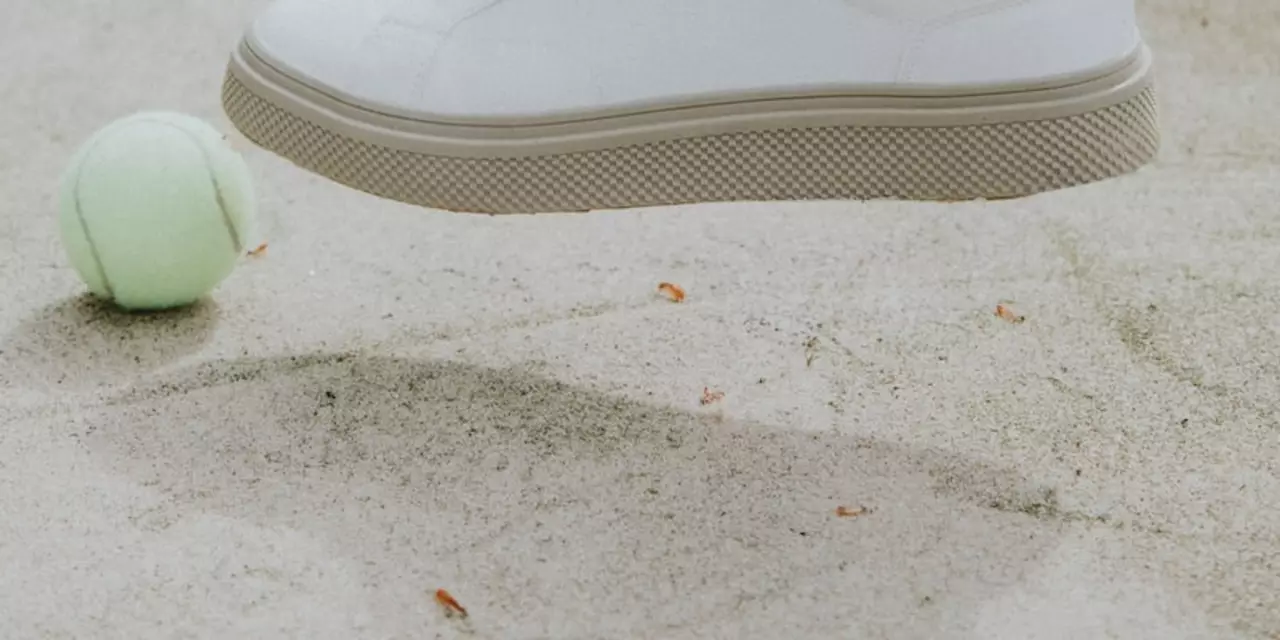Washer Guide: Choose the Right Washer for Any Job
If you’ve ever struggled with a loose bolt or a squeaky hinge, a washer can be the simple fix you need. But with so many shapes and materials out there, picking the right one isn’t always obvious. This guide breaks down the basics so you can grab the perfect washer the first time.
Common Washer Types and When to Use Them
Flat washers are the most familiar. They’re thin, round discs that spread the load of a bolt or screw. Use them when you want to protect the material underneath from dents or when you need a larger bearing surface.
Lock washers have a split or a wave that creates tension. They’re great for preventing bolts from turning loose under vibration—think car wheels, machinery, or outdoor furniture.
Fender washers have a larger outer diameter than the hole they fit through. They’re perfect for thin or soft material where a standard washer would bite through, such as drywall or sheet metal.
Spring washers (also called wave washers) add a built‑in spring action. They’re useful when you need a little give, like on hinges or moving parts.
Sealing washers have a rubber or silicone layer that keeps moisture out. They’re the go‑to for plumbing fixtures and outdoor equipment.
How to Pick the Right Material
Most washers are made from steel, stainless steel, brass, or nylon. Steel is cheap and strong, but it can rust if it’s not coated. Stainless steel stays rust‑free, making it ideal for marine or damp environments. Brass is softer and conducts electricity, so it’s a good choice for electrical connections. Nylon washers won’t rust at all and are silent, but they can melt under high heat.
When you’re buying in bulk, check the hardness rating. A higher rating means the washer won’t deform under heavy loads. For most home projects, a standard grade 2 steel washer is fine, but for high‑stress jobs, upgrade to grade 5 or stainless steel.
Remember to match the washer size to the bolt or screw. The inner hole should be just a little larger than the fastener’s shank, and the outer diameter should be at least double the bolt’s diameter for good load distribution.
Finally, keep a small assortment of washers in a toolbox. Having a few flat, lock, and fender washers on hand can save you time and avoid last‑minute trips to the hardware store.
With these tips, you’ll know exactly which washer to reach for, whether you’re fixing a squeaky door, assembling a bike, or tackling a DIY furniture build. Grab the right washer, tighten it up, and enjoy a sturdier, quieter result.
It is possible to wash tennis shoes in a washing machine, however it is not recommended. Washing machines can cause the shoes to fade and wear out quicker than they should. Hand washing or spot cleaning is the best method, as it preserves the material and colour. Additionally, the shoes should always be put inside a pillowcase or laundry bag to prevent damage to both the shoes and the washer. Shoes should also be air-dried, as putting them in the dryer may cause further damage.
Continue reading...



